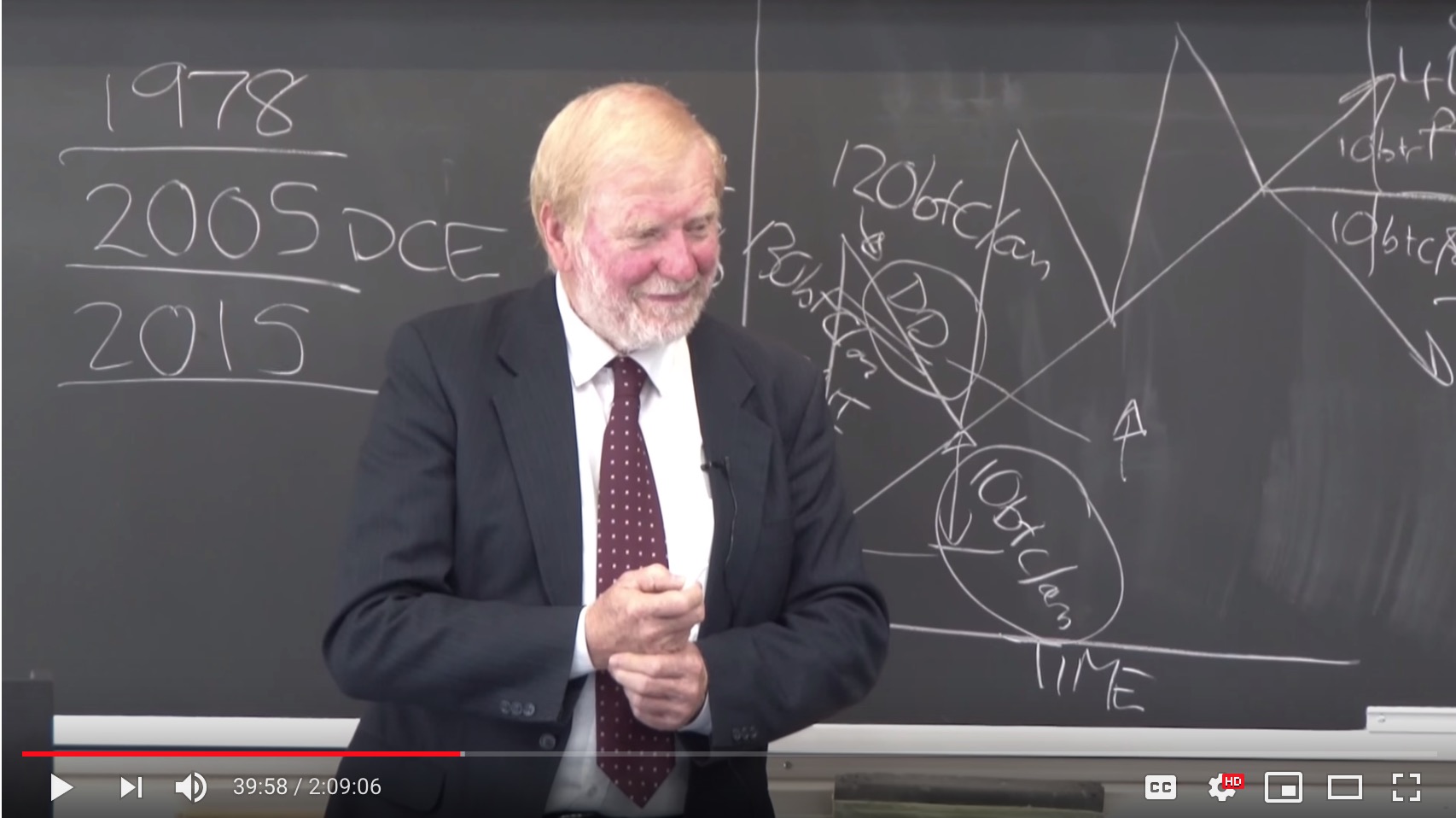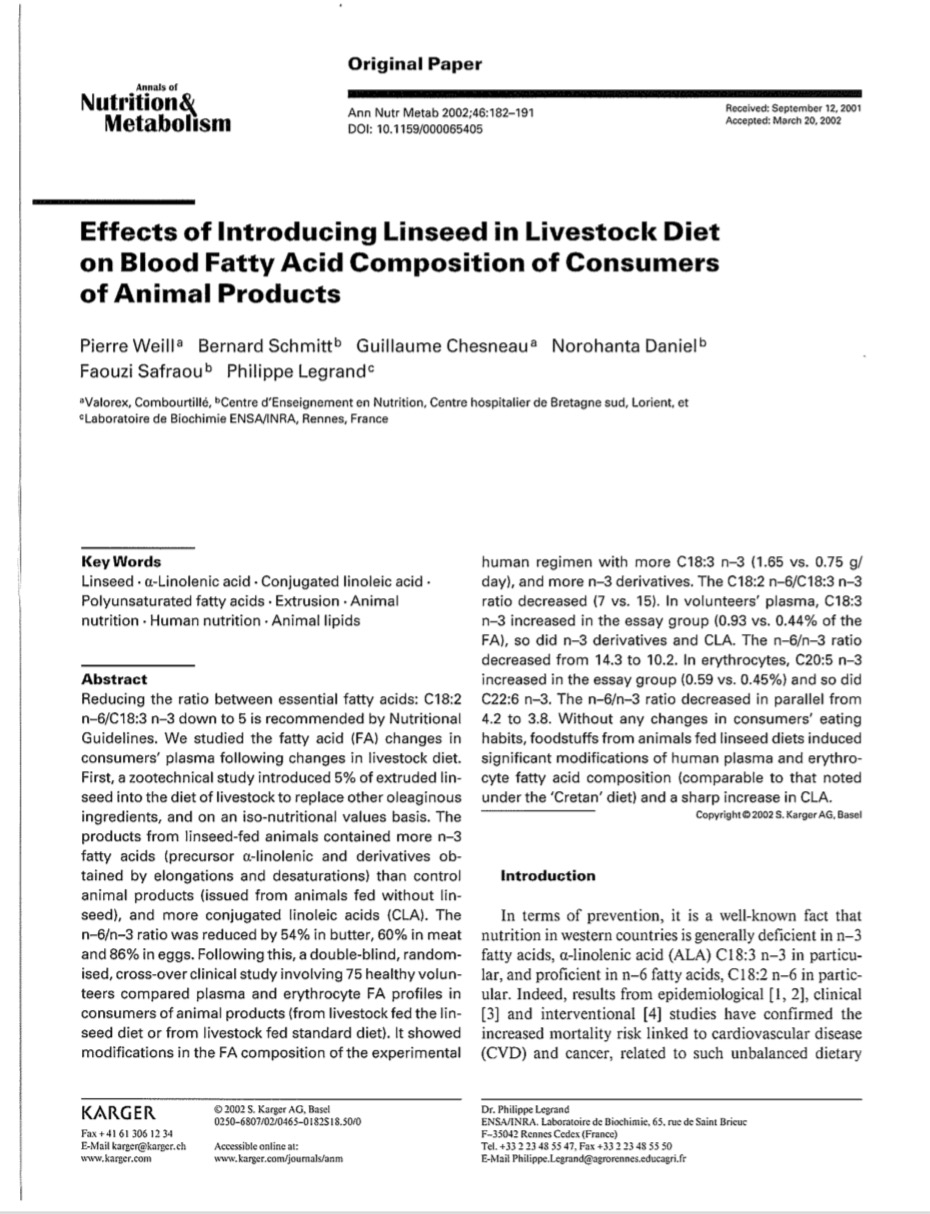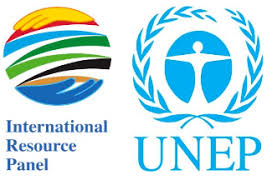Introduction to Ecosystem-based Carbon Management Opportunities in Urban Landscapes
This guide provides an initial introduction to the core concepts with which a natural systems-based carbon management and ecosystem services strategy can be developed. More detailed process guides are being developed to support carbon management opportunity assessment and strategy development. These process guides will be available at the Urban Drawdown Initiatives website under the “Resources” page.
Carbon Management Syllabus
For those wanting more resources across a range of related carbon drawdown topics, please explore this Carbon Drawdown Syllabus, which provides links to a host of useful resources—particularly overviews of actions currently being taken in early leading efforts around the world.
Overview of A Systems-Change Approach to Climate Action
This document reimagines city-based climate action planning within a framework of systems change.
USDN Organics-to-Sequestration Process Guide—2021
In 2019-2020, 5 USDN member cities—San Francisco (CA), San Luis Obispo (CA), Boulder (CO), Fayetteville (AK), and Cleveland (OH) worked with consultant Calla Rose Ostrander to develop a process guide and spreadsheet-based tool to optimize the capture and utilization of urban organic wastes.
Soil Wealth: Investing in Regenerative Agriculture across Asset Classes
This report provides the first work product of a three-year project on innovative mechanisms for financing regenerative agriculture.
Sucking CO2 Out of the Atmosphere, Explained (Vox)
Given the very high likelihood we will overshoot our emissions reduction targets, carbon removal is now an absolute necessity for avoiding worst-case scenarios.
Carbon storage and sequestration by trees in urban and community areas of the United States
Carbon storage and sequestration by urban trees in the United States was quantified to assess the magnitude and role of urban forests in relation to climate change. Urban tree field data from 28 cities and 6 states were used to determine the average carbon density per unit of tree cover.
Health oriented agriculture as an answer for both epidemiological and environmental impacts
A powerpoint covering Bleu Blanc Cœur founding principles in 4 slides, a BBC development: case study in France, and Bleu-Blanc-Coeur in practice.
Yokohama Blue Carbon Project Report
In order to define Blue Carbon more accurately, we investigated a new concept, namely, Urban Blue Carbon, which is composed of complex components produced by cities and urban areas. For this research, we conducted a field study to measure the CO2 absorption and fixation volume of Urban Blue Carbon.
Blue carbon: How the coast can help us mitigate and adapt to climate change
This data on the Boundary Bay salt marsh will provide policy-relevant carbon estimates for municipalities (Delta and Surrey) and the BC government. If carbon services can be accurately measured when assessing a coastal ecosystem, then these services may be introduced as an added benefit when decision-makers consider plans for managing or preserving the ecosystem.
City of Vancouver Greenest City Action Plan 2020 + 2017-8 Implementation Update
The GCAP outlines ten goal areas and 15 measurable targets to guide Vancouver toward becoming the greenest city in the world by 2020. The plan was approved by City Council in 2011. Since then, 80% of the high priority actions named in the plan have been completed.
City of Vancouver Climate Change Adaptation Strategy 2012
Scientists project that Vancouver will experience increased annual precipitation and temperatures, with hotter, drier summers…Adaptation refers to actions taken to respond to the impacts of climate change by taking advantage of opportunities, or reducing the associated risks.
The Soil Carbon Sponge, Climate Solutions and Healthy Water Cycles
Presentation at Harvard University’s Biodiversity for a Livable Climate | April 2018.
Regenerate Earth: The practical drawdown of 20 billion tonnes of carbon back into soils annually, to rehydrate bio-systems and safely cool climates
There is only one process via which we can secure our safe climate and future. This is pedogenesis: the microbial bio-conversion of plant exudates and detritus into stable soil carbon. Our future is governed by how well we manage to regenerate the Earth’s soil carbon sponge.
Single introductions of soil biota and plants generate long-term legacies in soil and plant community assembly
Recent demonstrations of the role of plant–soil biota interactions have challenged the conventional view that vegetation changes are mainly driven by changing abiotic conditions…Here, we demonstrate experimentally that one-time additions of soil biota and plant seeds alter soil-borne nematode and plant community composition in semi-natural grassland for 20 years. Over time, aboveground and below ground community composition became increasingly correlated, suggesting an increasing connectedness of soil biota and plants.
Effects of Introducing Linseed in Livestock Diet on Blood Fatty Acid Composition of Consumers of Animal Products
Annals of Nutrition & Metablolism | by Pierre Weil, Bernard Schmitt, Guillaume Chesneau, Norohanta Daniel, Faouzi Safraou, Phillipe Legrand | 2002.
The Consumption of Food Products from Linseed-Fed Animals Maintains Erythrocyte Omega-3 Fatty Acids in Obese Humans
In American Oil Chemists’ Society Publications (AOCS) | Philippe Legrand • B. Schmitt • J. Mourot • D. Catheline • G. Chesneau • M. Mireaux • N. Kerhoas • P. Weill | December 2009.
Soil Health Principles
This is Didi Pershouse’s expanded version of the USDA-NRCS Soil Health Division’s soil health principles.
Land Potential.org
Land PKS is a free modular mobile phone app connected to cloud-based storage, global databases, and models. Land potential is defined as the inherent potential of the land to sustainably generate ecosystem services.
The International Resource Panel | UN Environment
The International Resource Panel was launched by UN Environment in 2007 to build and share the knowledge needed to improve our use of resources worldwide.




















